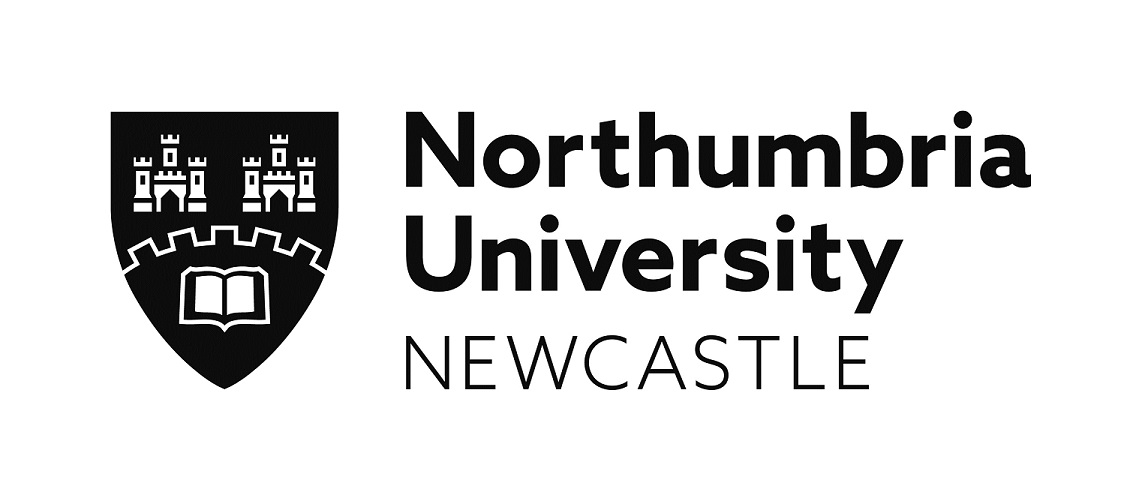
‘Migration and Development: The Kerala Experience’ – Professor S.I. Rajan – Wed 10th October, 3-5, Squires Building 211
Professor S.I. Rajan
As Professor and Chair of the Research Unit on International Migration at the Centre for Development Studies, Kerala, India, Professor Rajan has over two decades of research experience on migration and demographic Dynamics across South Asia. In this and other capacities, he has coordinated projects with the ILO, IOM, UN, EU and World Bank, conducted migration surveys in India and the Gulf, and facilitated the formation of migration research networks across the world. He is currently: editor-in-chief of the international journal Migration and Development (Sage); series editor of the India Migration Report and South Asian Migration Report; member of the Advisory Committee of the GFMD and Core Group on Gender Responsive Labour Migration Management of UN Women.
Professor Rajan’s research foregrounds migration as a ubiquitous, urgent topic and considers the links between migration, remittances and development; labour markets and temporary worker programmes; and gender, migration and social change.
Migration and Development: The Kerala Experience
Kerala, a small strip of land lying in the southernmost tip of India is formed on the basis of the Malayalam language on November 1, 1956 as per the state re-organisation act of 1956, by combining the Travancore-Cochin states and a part of Malabar of Madras Presidency. The culture of Kerala is a cosmopolitan culture, which is always open to the integration of different cultures. Up to 1940s, Kerala was a net immigration state; more persons came to Kerala than out-migration. The Census of India 1971 reported that those were born outside and residing in Kerala accounted for 1.6 per cent of Kerala’s population.
Pioneer among the Indian states undergoing demographic changes, Kerala is currently experiencing second demographic transition while most of the other Indian states are way behind. The mortality and fertility levels have touched near saturation bottom levels in Kerala and therefore migration remains critical in shaping the future demographic scenario. International migration from Kerala was initially directed towards a few South Asian countries. By 1960, Keralites had found a place in the British colonies, African region and to developed countries in North America and Western Europe but with the oil boom in the Middle East region triggered heavy migration from Kerala to the Gulf. The number of international migrants from Kerala peaked during 2013 with 2.4 million migrants and in 2018, it has decreased to 2.1 million.
Migration has become an all-pervasive phenomenon in Kerala influencing every facet of life and continues to be a significant catalyst in the development of Kerala. With the recent devastating floods, migration can be conjectured to increase at least in the short run and will play major role as a livelihood option for the New Kerala, where we expect further increase in migration and remittances.